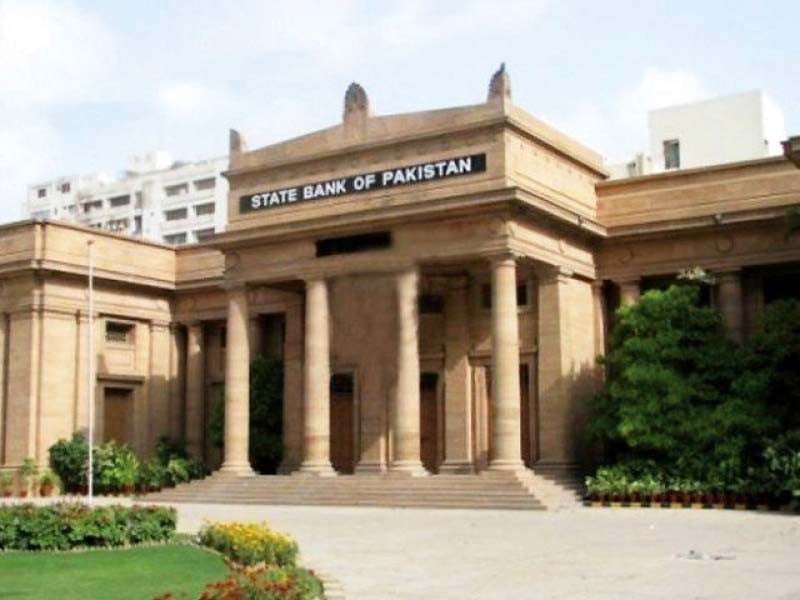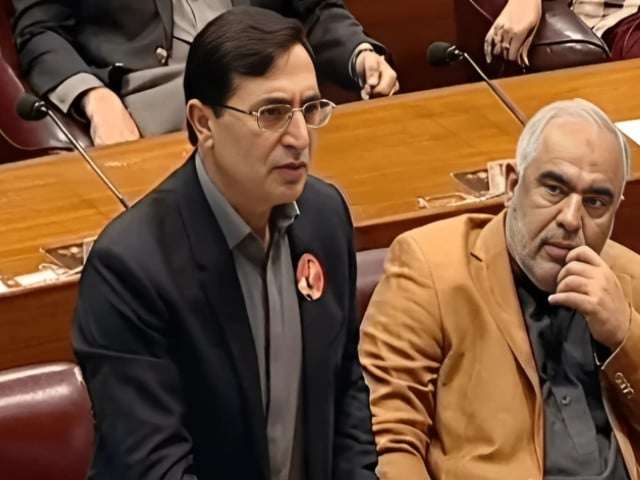Introduction
On Monday, the State Bank of Pakistan (SBP) announced a 200 basis points (bps) reduction in its key policy rate, lowering it from 15% to 13%, effective December 17, 2024. This significant move follows a positive shift in Pakistan’s inflation trends and signals the central bank’s efforts to bolster economic growth while keeping inflation in check. In this article, we will explore the reasons behind the decision, the impact on Pakistan’s economy, and what it means for businesses and consumers.
Why Did the SBP Cut the Policy Rate?
The 200 bps cut in the policy rate by the SBP is a response to the decline in inflation, which fell to 4.9% year-on-year in November 2024. This figure is in line with the central bank’s expectations and reflects a slowdown in inflationary pressures. According to the SBP’s Monetary Policy Committee (MPC), the core inflation, however, remains persistently high at 9.7%.
Key Factors Leading to the Policy Rate Cut
Decline in Headline Inflation
A major factor in the decision was the reduction in headline inflation. The MPC noted that inflation was primarily driven down by food prices and the waning effects of last year’s gas tariff hikes. These factors helped lower the overall inflation, providing some breathing room for the central bank to adjust its policy rate.
Economic Growth Prospects
The SBP’s decision to lower the interest rate also aligns with its efforts to support economic growth. The MPC highlighted positive economic indicators, including a rise in high-frequency indicators of economic activity. This suggests that economic recovery is on the horizon, particularly in key sectors like agriculture and industry.
Improvement in the External Account
Another significant factor influencing the decision was the surplus current account for three consecutive months. This development has contributed to an increase in the country’s foreign exchange reserves, which now stand at approximately $12 billion. These positive signs have helped ease financial conditions and boost investor confidence in the economy.
What Does This Mean for Pakistan’s Economy?
Impact on GDP Growth
The MPC projects that GDP growth for FY25 will fall within the upper half of the previously forecasted range of 2.5% to 3.5%. This optimistic growth projection is attributed to improvements in the agricultural and industrial sectors, which have seen better-than-expected performances. However, challenges remain in other areas of the economy.
Private Sector Credit
The SBP’s decision has also resulted in an increase in private sector credit, signaling that financial conditions have eased. As credit becomes more accessible, businesses are expected to invest and expand, further supporting the economic recovery.
Fiscal Sector Challenges
Despite the positive trends in certain sectors, the fiscal sector continues to face significant challenges. Tax revenues have fallen short of the targets set by the government, which means substantial efforts are needed to meet the annual revenue goals. Without addressing this issue, Pakistan may continue to face budgetary constraints, limiting the effectiveness of the monetary easing policies.
Inflation Outlook for FY25
Core Inflation Risks
While the decline in headline inflation is encouraging, the core inflation remains a cause for concern. The core inflation rate for November stood at 9.7%, and while it has shown some signs of moderation, it still poses a risk to the SBP’s inflation targets.
Global Commodity Price Fluctuations
The SBP also highlighted the potential impact of global commodity price fluctuations on inflation. Global economic conditions, such as rising oil prices or supply chain disruptions, could lead to a rebound in inflation, even as domestic inflation pressures ease.
SBP’s Revised Inflation Forecast
In light of the recent developments, the SBP has revised its inflation forecast for FY25. The new forecast expects inflation to remain lower than the previous forecast range of 11.5%-13.5%. However, risks related to core inflation and global commodity price volatility remain, which could affect the inflation outlook in the coming months.
Key Economic Developments
The SBP’s MPC noted several positive developments in the economy, which have contributed to the decision to cut the policy rate:
- Surplus Current Account: Pakistan has experienced a current account surplus for three consecutive months, contributing to an increase in foreign exchange reserves.
- Growth in Private Sector Credit: Credit to the private sector has accelerated, reflecting improved financial conditions.
- Increased Agricultural and Industrial Performance: The agricultural and industrial sectors are performing better than expected, contributing to the positive economic outlook.
Despite these positive developments, the fiscal challenges remain an area of concern, especially with tax revenues falling short of targets.
What Does This Mean for Consumers and Businesses?
Impact on Consumers
For consumers, the policy rate cut could lead to lower borrowing costs, as banks are likely to reduce interest rates on loans. This may encourage consumer spending, especially on big-ticket items like homes and cars. Additionally, lower rates could ease the burden of existing debt for many individuals and businesses.
However, while lower interest rates can support economic activity, the high core inflation remains a concern for consumers. Rising prices for essential goods, especially food, could dampen the positive effects of lower borrowing costs.
Impact on Businesses
For businesses, the policy rate cut offers an opportunity to access cheaper financing. This could lead to an uptick in business investment and expansion, as lower interest rates reduce the cost of capital. In particular, small and medium enterprises (SMEs) could benefit from more favorable credit conditions, allowing them to grow and create jobs.
However, businesses will need to be cautious about potential fluctuations in the cost of raw materials, particularly if global commodity prices increase. This could offset the benefits of lower borrowing costs, especially for import-dependent industries.
Frequently Asked Questions (FAQs)
1. Why did the SBP reduce its policy rate?
The SBP reduced its policy rate by 200 bps to support economic growth and manage inflation. The decision follows a decline in headline inflation and positive economic signals, including growth in the agricultural and industrial sectors.
2. How will the policy rate cut affect inflation?
The policy rate cut is expected to keep inflation in check by promoting economic growth. However, core inflation remains a concern, and the SBP continues to monitor the impact of global commodity price fluctuations on the inflation outlook.
3. What is the expected GDP growth for FY25?
The SBP expects GDP growth for FY25 to fall in the upper half of the previously forecasted range of 2.5%-3.5%, with improved performance in the agricultural and industrial sectors.
4. How will this rate cut impact consumers?
For consumers, the policy rate cut could lead to lower borrowing costs, making loans more affordable. This could encourage spending and investment, especially in housing and automobiles.
5. What challenges does Pakistan face despite the positive developments?
Despite the positive economic signals, Pakistan faces challenges in the fiscal sector, particularly with tax revenues falling short of targets. The government will need to make significant efforts to meet its annual revenue goals.
Conclusion
The SBP’s decision to cut the policy rate by 200bps to 13% reflects its commitment to fostering economic growth while keeping inflation within manageable levels. The policy rate cut is expected to benefit businesses and consumers, although challenges related to core inflation and fiscal performance remain. The SBP will continue to monitor these developments closely as it strives to navigate Pakistan’s complex economic landscape.



